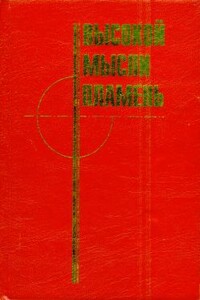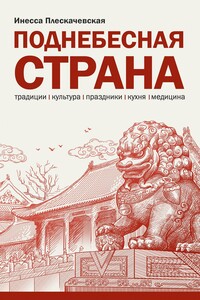Almost everyone else knew one another. This was, as they sometimes joked, the West L.A. Jewish mafia. (Taft and Kardashian were among the very few non-Jews in the room.) In fact, as the group settled in, Alvin Michaelson whispered to his neighbor, “This is what it must have been like at Apalachin”-the infamous gathering of mob chieftains in upstate New York in 1957. It was a famously inbred group, and their connections to one another often stretched back decades. Among Shapiro’s oldest friends in the room was Roger Cossack, who had pledged with Shapiro to the Zeta Beta Tau fraternity at UCLA in the early 1960s. (The Simpson case would transform Cossack’s life as much as it did Shapiro’s; Cossack became CNN’s local expert on the trial, and when it was over, he quit the law altogether and moved to Washington to begin his own daily legal-affairs broadcast on the cable network.) When prosecutors began examining Kardashian’s behavior in the aftermath of the murders, he hired Michaelson as his attorney. When Shapiro was later sued for libel in connection with the Simpson case, he asked another attendee, Larry Feldman, to represent him. (Feldman was ribbed mercilessly that Saturday because, due to go to a wedding, he came to Shapiro’s office in black tie; for his part, Shapiro presided in an all-white designer sweat suit.) One of the few civil litigation specialists at the meeting was Patricia Glaser, a partner at the large law firm then known as Christensen White Miller Fink and Jacobs. A year and a half later, when the Simpson trial was over, her name would be added to the firm’s name along with that of the newest partner-Robert Shapiro. Another of Shapiro’s ZBT brothers, Mike Nasatir, was there, too, along with his longtime partner, Richard Hirsch. About fifteen years earlier, they had employed a Southwestern law student by the name of Marcia Kleks as an intern. (She later married Gordon Clark and took his name.) Johnnie Cochran, who was not part of Shapiro’s social set, was not invited.
“I’ve asked you all here today because you all know how to try a case,” Shapiro said, “and I’m not afraid to ask for your help.”
But Shapiro actually asked few questions, and though he was pleased to have collected all these fine lawyers together, he didn’t listen much to what they had to say. Shapiro’s confidence was astonishing: He had the answer for O.J. Simpson. His client, he vowed, would go to trial and be acquitted. The strategy was set. Shapiro was caught up short only once. Michael Baden, the eminent medical examiner whom Shapiro had retained as an expert in the case, mentioned at the meeting that the autopsy results on the victims showed the possibility that more than one person had killed Nicole and Ron. Robert Shapiro paused to consider the implications. “So,” he asked the group, “that means O.J. and who else did it?”
This remark, too, drew stunned silence, and the meeting soon broke up. Shapiro took several of the participants out to dinner at Nicky Blair’s, a venerable (and now defunct) Hollywood hangout. A few hardy souls concluded the evening with drinks at the Beverly Hills estate of Shapiro’s friend and former client Robert Evans, the movie producer whom Shapiro had steered clear of formal charges in the infamous Cotton Club murders of 1983.
Among the guests at Shapiro’s meeting most pleased to have been invited was Marshall Grossman. Though he had enjoyed considerable success in the world of civil litigation, Grossman had never tried a criminal case, and the glamour and excitement of the Simpson case appealed to him. However, as Grossman later pondered what he had heard at the meeting, he hesitated. Grossman had tried cases for high stakes before, but he realized that this case, as Shapiro planned to defend it, would become something much bigger than the trial of a single defendant. If Shapiro had his way, it would come to involve (and possibly consume) the whole city of Los Angeles. Ultimately, Grossman decided this kind of public spectacle would not be for him.


